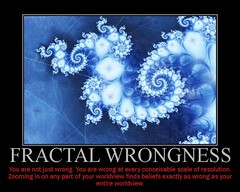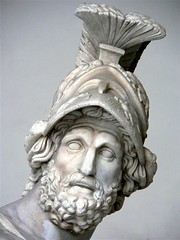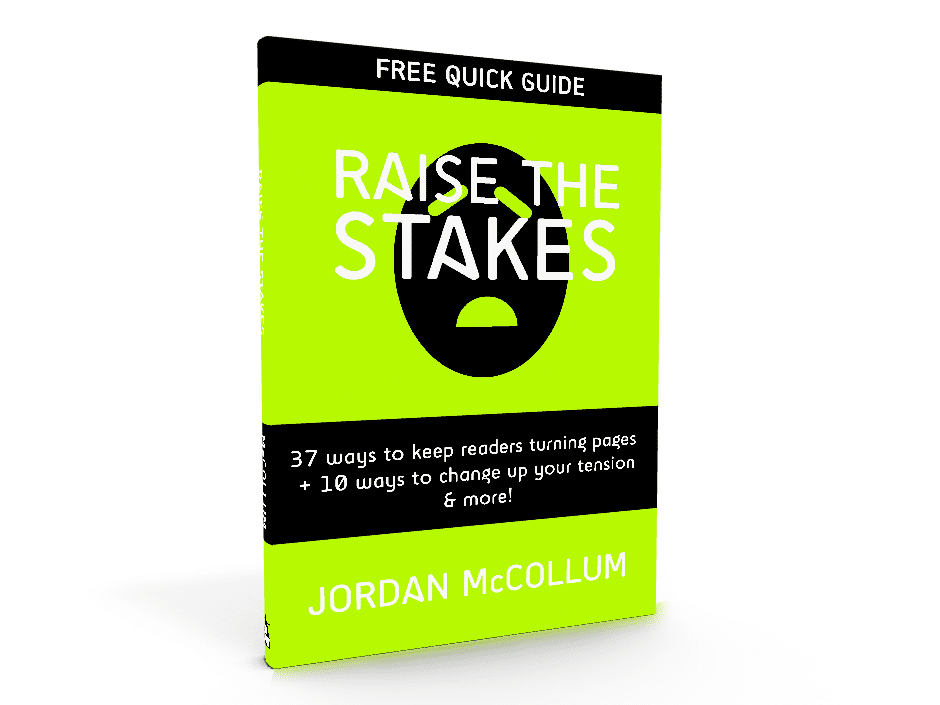Planning out a novel? Be sure to join my newsletter for a FREE plotting/revision roadmap, and check out the full series on plotting novels in a free PDF!
The Snowflake Method is the second plotting method we’re going to look at. Well, creator Randy Ingermanson might not call is a “plotting method”—he’d probably prefer to describe it as a “design method.”
 Good stories, he says, come from good design. (It can certainly make them easier to write!) So Randy came up with a way to design and even write a story from a high-level, hook-type idea to a full novel in ten steps. This way, you can identify a “broken” story before you begin—and build yourself a better one.
Good stories, he says, come from good design. (It can certainly make them easier to write!) So Randy came up with a way to design and even write a story from a high-level, hook-type idea to a full novel in ten steps. This way, you can identify a “broken” story before you begin—and build yourself a better one.
Before you freak out because you’ve found the new-improved-easy way to plot a story, let me insert here that they’re not easy steps—step 10, for example, is to write the novel. Oy.
We’re going to take a quick look at the method so we’re all on common ground—but do note that the full Snowflake Method article adds much more detail to these steps.
Let’s start at the beginning—the idea. Sum up your idea in one sentence, preferably of less than fifteen words. No, seriously.
Don’t worry about fitting the whole story in there. Just hit the set up (or the hero or the villain) and one or two major points. Randy suggests using the one-line blurbs from the NYT Bestseller list as an example. And we will, too:
The murder of a curator at the Louvre leads to a trail of clues found in the work of Leonardo and to the discovery of a centuries-old secret society.
In step two, we take this sentence and expand it into a paragraph, with, as Randy says, “three disasters plus an ending.” One sentence per act, if you will (I guess that’d be a five-act structure).
Uh . . . okay, it’s been a couple years since I read The Da Vinci Code, but I think it might go like this:
A curator at the Louvre is murdered and his [hot] granddaughter and a [dowdy*] religious symbologist are called to investigate. They find a trail of clues pointing toward a secret society and the Holy Grail, but the police are pursuing them. Following the clues, they flee the country with the aid of the symbologist’s friend and mentor. The friend and mentor betrays them and tries to force them to reveal the location of the Holy Grail. He is arrested and they discover that the hot granddaughter is a lineal descendant of Jesus Christ—the Holy Grail.
*No offense to Hanks, but seriously, I had a short, balding professor in mind as I read. Yeah, that’s not what Brown described. So sue me.
In step three, we leave off with our plot summary and come to focus on our characters. They’re important too, you know. The major characters each get a summary page here on their motivations, goals and characteristics. (Forgive me if we don’t do that here.)
 In step four, we come back to our plot summary and expand each sentence from that paragraph into a paragraph of its own, making the summary roughly a page, too.
In step four, we come back to our plot summary and expand each sentence from that paragraph into a paragraph of its own, making the summary roughly a page, too.
Now we’re going back to the characters—step five is to write the plot summary from the POV of each big character—and yes, the plot summary should differ among them—most especially between the hero(es) and the villain(s), but also, in, say, a romance, the hero and the heroine will have a very different perspective on events.
Really, these summaries are as much about the characters themselves—their reactions, perceptions, motivations, interpretations, etc.—as they are about the events of the novel. Major characters’ plot summaries should take a page; minors get half a page.
Guess where we’re going now? Yep, hopping back to the plot summary—now we’re going to make that one-page synopsis into a four-page synopsis. Again, it’s basically making the sentences from the last go-round into paragraphs and the paragraphs into pages.
Step seven takes us back to the characters (you knew that, didn’t you?). Now we’re making their pages into character charts (which you know I’m pretty meh about). Says Randy, the most important aspect to these charts will be to answer the question “How will this character change by the end of the novel?”
For step eight we head back to our plot synopsis and make a list of scenes for the novel. The whole novel. (Now that is outlining!) In this step, we focus on just the basic facts—events, POV, locations. Step nine is along the same vein (fooled you there, didn’t I?!)—a narrative summary of each scene, with all the good dialogue and descriptions and  tidbits that our doubtlessly floating around in your head now. (This step is optional, Randy says.)
tidbits that our doubtlessly floating around in your head now. (This step is optional, Randy says.)
As I mentioned before, step 10 is “write the novel.”
As you move through the steps, of course, you’re free (and even encouraged) to revise previous steps’ work. As always, we have to be flexible to new developments—ready to add a dining room if we find the perfect chandelier 😉 .
So, you’re wondering, what’s with the name? The name comes from a simple fractal. You start with a triangle, then replace each straight line with a line with a peak: _/\_ . Star of David. Do it again. More complex, semi-snowflakey thing. Repeat. Even more complex snowflake.
What do you think? Could you take a story from an idea to a novel (or outline) like this? What strengths or weaknesses do you see?
Photo credits: snowflake—Julie Falk; tapping pencil—Tom St. George; fractal wrongness—the mad LOLscientist
 The first step in the
The first step in the  Another strength is that you can start with almost nothing and “grow” a plot “naturally.” If you start with just the most basic idea—say, National Treasure for the Amish or something ;)—you can develop your characters and your plot.
Another strength is that you can start with almost nothing and “grow” a plot “naturally.” If you start with just the most basic idea—say, National Treasure for the Amish or something ;)—you can develop your characters and your plot. And I can say this from experience. Yes, while I am
And I can say this from experience. Yes, while I am  However, sometimes I’ve been disappointed by the Hero’s Journey as a plotting method—when I expect to look at a list of steps and magically have the list tell me exactly how I should handle each of those scenes. That’s not really what it’s for—we still have to use our imagination.
However, sometimes I’ve been disappointed by the Hero’s Journey as a plotting method—when I expect to look at a list of steps and magically have the list tell me exactly how I should handle each of those scenes. That’s not really what it’s for—we still have to use our imagination. course of the story, and is involved in most of the action. He has a character flaw, of course (if he were
course of the story, and is involved in most of the action. He has a character flaw, of course (if he were  Along the way, the Hero encounters Threshold Guardians who block his path. These obstacles are tests for the Hero—have his skills developed enough? The guardians may be working for the good side or the bad side, or no one at all (but it’s hard to make someone who makes trouble for his own sake believable for very long, you know?)
Along the way, the Hero encounters Threshold Guardians who block his path. These obstacles are tests for the Hero—have his skills developed enough? The guardians may be working for the good side or the bad side, or no one at all (but it’s hard to make someone who makes trouble for his own sake believable for very long, you know?)


